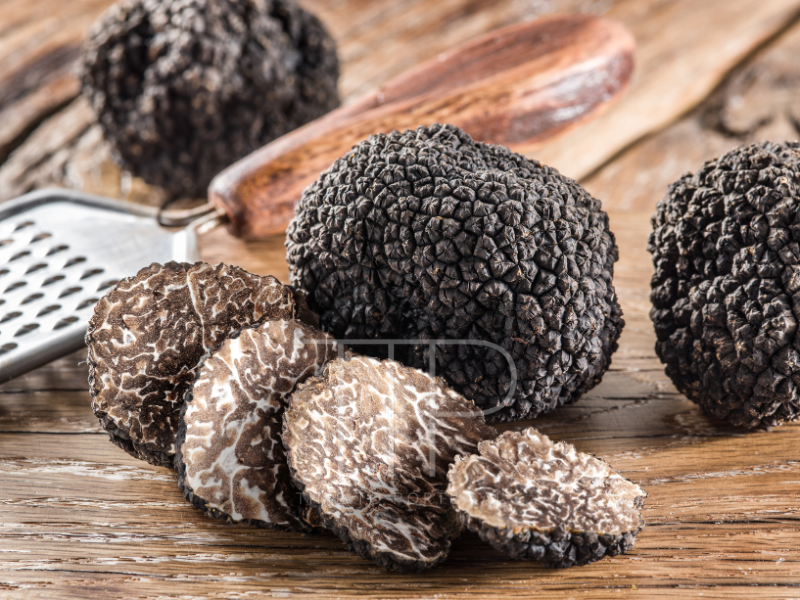It isn’t widely known, but truffles grow in Portugal. After all, Portugal’s neighbor, Spain, is the leading producer of truffles in the world.
Manuel Moredo, president of the mycological association “A Pantorra”, argues that the Mirandese Plateau currently has a natural appetite for the appearance of the black truffle or winter truffle (“Tuber melanosporum”), which is the fungus with the greatest known gastronomic value.
“In the region of the Mirandese Plateau, between the municipalities of Vimioso and Miranda do Douro, there is a limestone area that is ideal for the development of winter truffles, (…) given the characteristics of the subsoil, such as the Santo Adrião mining area,” the president told Lusa.
According to the mycologist, there have already been truffle prospecting experiments in the Bragança district, using a Spanish specialist who brought dogs trained to sniff out areas with black truffle potential. “This fungus is buried underground at varying depths of up to 20 centimeters and the dog detected it and some truffles were found in small areas.
In the case of the municipalities of Vimioso and Miranda do Douro, the area is very vast and this fungus could appear given the characteristics of the subsoil,” he said. According to Manuel Moredo, the ideal time to find black truffles is between November and March. These fungi could be worth several thousand euros.
“It’s during this period that black truffles, also known as winter truffles, are in a position to be picked,” explained the mycologist. The comments were made on the eve of the 24th Mycological Meeting in Mogadouro, which takes place between Saturday and Sunday and is expected to bring together around 70 participants from all over the country.
Identifying wild mushrooms
During the initiative there will also be a field trip to identify wild mushrooms, as this is a risky food. “Every year we warn people at various meetings around the country and in neighboring Spain about the risk of picking wild mushrooms without knowing them. There is greater awareness on the part of connoisseurs. But every precaution is necessary,” said Moredo.
Despite the economic value and all the gastronomic or medicinal potential of wild mushrooms, in Portugal there is still no legislation regulating the sector and this “legal vacuum” doesn’t allow for the “certification” of the most varied species so that they can become an economic asset.
“The A Pantorra association, based in Mogadouro, has been fighting for a code of conduct for wild mushroom picking for over 25 years. There needs to be legislation to put an end to the anarchy that there has been, and is, when it comes to picking these unique fungi,” the association’s president told Lusa.
Pantorra has identified more than a thousand species of wild mushrooms in the north-east of Trás-os-Montes over the last 24 years. “It’s impossible to identify every species of mushroom. The last one we built was three years ago, in the Fornos de Algodres area, in the Guarda district. But there are millions of species spread all over the world,” concludes the specialist in wild mycology.
At this time of year, mudflats, forests, oak groves and pine forests (ideal places for picking) are beaten hand to hand by wild mushroom pickers, some of whom do it for pleasure and others because they have found a way of making a living. Sanchas or setas, boleto, repolgas, línguas de vaca, frades or míscaros are, among other species, the most sought after by mushroom lovers and collectors in the northern interior region.
The prices of the most varied species of fresh wild mushrooms can vary from 12 euros per kilo, in the case of boletus, to four euros, in the case of pine arrows. Manuel Moredo added that it’s a good time for mushroom picking because there’s heat and humidity at this time of year, which are considered good conditions for picking edible fungi.

